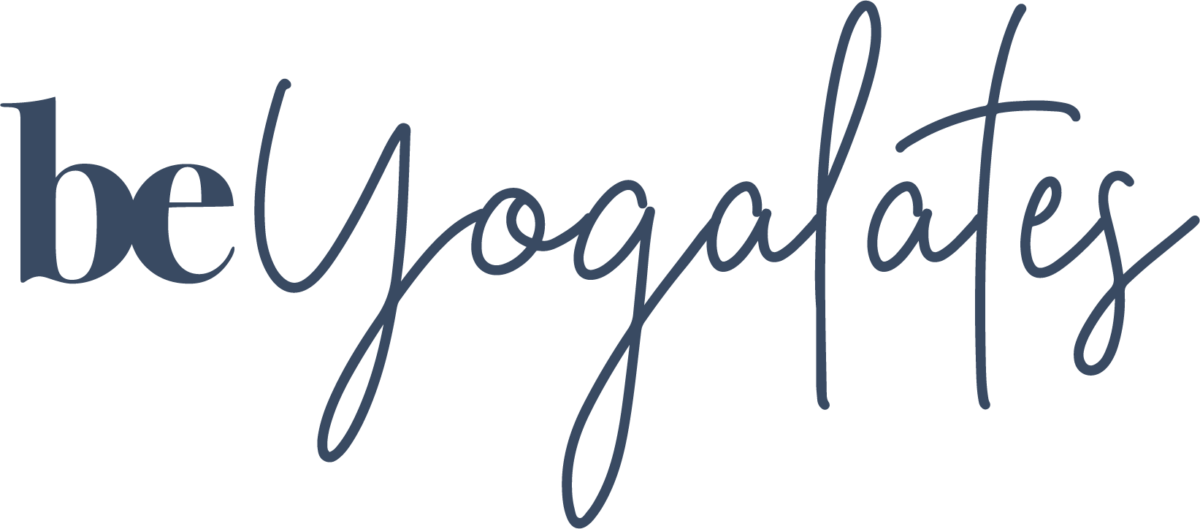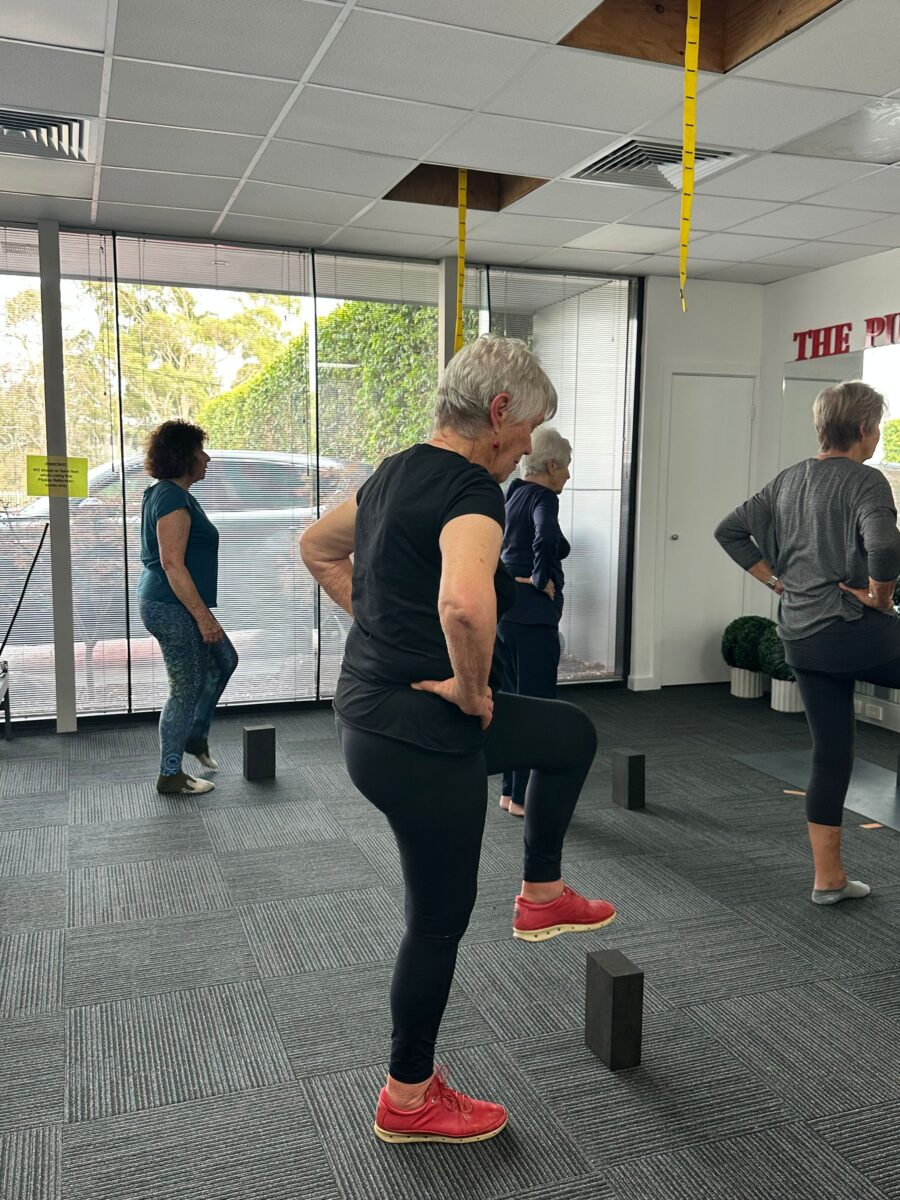The Wobbly World: How Head Movement Impacts Your Balance
As a physio, one of the most common concerns I hear from clients, particularly as they get older, is the fear of falling. And it’s a valid concern!
I explain to my clients that falls are the leading cause of injury-related hospitalizations and deaths, particularly among the elderly.
Falls can lead to serious injuries and significantly impact confidence, independence and quality of life. While we often focus on leg strength, core stability, and vision, one crucial, yet often overlooked, element in maintaining balance is head movement.
I frequently incorporate head movement exercises into my workshops, yogalates classes and in the consult room….
You might think of your head as just the home for your brain and eyes, but its subtle and not-so-subtle movements play a profound role in how steady you feel on your feet. Let’s look into the fascinating connection between your head and your balance.
The Inner Ear:
Your Built-In Gyroscope
Nestled deep within your inner ear is a remarkable system called the vestibular system. This highly sophisticated sensory organ acts like your body’s personal gyroscope, constantly feeding information to your brain about your head’s position and movement in space. It’s comprised of two main parts:
Semicircular Canals:
These three fluid-filled loops detect rotational movements of your head (like nodding, shaking your head, or tilting it side to side). Think of them as tiny accelerometers.
Otolith Organs (Utricle and Saccule):
These sac-like structures are sensitive to linear movements (like moving forward and backward in a car) and the pull of gravity, telling your brain about your head’s position relative to the ground.
How Head Movement Informs Your Brain…
When your head moves, the fluid and tiny crystals within your vestibular system shift, stimulating hair cells that send electrical signals to your brain. Your brain then rapidly integrates this information with input from your eyes (what you see) and your proprioceptors (sensors in your muscles and joints that tell your brain where your body parts are in space).
This constant flow of information allows your brain to:
Understand your head’s orientation:
Is it upright? Tilted? Upside down?
Detect head acceleration and deceleration:
Are you speeding up or slowing down?
Predict your body’s movement:
This is crucial for anticipating shifts in your center of gravity.
Initiate automatic postural adjustments:
I explain to my clients that if you suddenly turn your head, your body subtly adjusts to maintain equilibrium without you even thinking about it.
Turning your head:
When you turn your head to look at something, your eyes automatically move to follow the object, thanks to the VOR.
Changing position:
When you change from sitting to standing, your vestibular system helps you adjust your posture and maintain balance.
The Impact of Impaired Head Movement. Problems with head movement, or more specifically, the way your brain processes information from your head movements, can significantly compromise balance.
What Can a Physio Do?
As physios, we understand the intricate connection between your head and your balance. Here’s how we can help:
Vestibular Rehabilitation Therapy (VRT):
This specialized therapy involves specific exercises designed to retrain your brain to process vestibular information correctly. This can include gaze stabilization exercises, habituation exercises (to reduce sensitivity to movements), and balance training.
Postural Control Exercises:
We’ll work on strengthening your core, improving your ankle strategies, and enhancing your overall postural stability, all of which are interconnected with head control.
Movement Retraining:
We’ll help you regain confidence in moving your head and body in a controlled and safe manner, gradually reintroducing movements you may have been avoiding.
Education:
Understanding why certain movements affect your balance is empowering. We’ll explain the mechanisms at play and provide strategies for managing symptoms.
Don’t underestimate the power of your head in maintaining your balance.
If you’re experiencing dizziness, unsteadiness, or a fear of falling, it’s crucial to have a comprehensive assessment. At mymojo physiotherapy we can help you understand how your head movements might be contributing to your balance challenges and guide you through a personalized rehabilitation program to get you back on your feet with confidence.
Remember, a stable head contributes to a stable you!
EXERCISES COMBINING BALANCE AND HEAD MOVEMENT
Balance exercises combining head movements, can assist in enhancing the coordination between the eyes, head, and body, improving spatial awareness and reducing dizziness.
These exercises include sequences such as like walking with head turns, single leg stance with head movements, and gaze stabilization techniques.
Here’s some effective exercises;
Walking with Head Turns:
Begin to Walk in a straight line, slowly turning your head from side to side while maintaining a steady pace, maintain focus on a fixed point ahead. Progression: gradually increase the speed and angle of head turns as your
Standing on One Leg with Head Movements:
Stand on one leg, and as you maintain balance, turn your head slowly from side to side and then up and down. Repeat on both legs Progression: Start with eyes open, then progress to eyes closed or stand on a softer surface like a pillow, wobble board or balance device.
Gaze Stabilization:
Find your Focus on a stationary object while moving your head in different directions (left/right, up/down). Progression:Start with slow, controlled head movements and gradually increase the speed as your ability improves.
Tandem Stance with Head Movements:
Heel – toe stand with one foot directly in front of the other (like on a tightrope), and incorporate head movements. Progression: start with eyes open, then progress to eyes closed
Important Considerations:
Safety:
Have a chair or sturdy object nearby for support
Listen to your body:
Stop if you experience dizziness or discomfort.
Professional Guidance:
Consult a your physiotherapist for personalized exercise prescription and appropriate therapy if you have existing balance issues or injuries.
See you on the mat,
Lisa x

